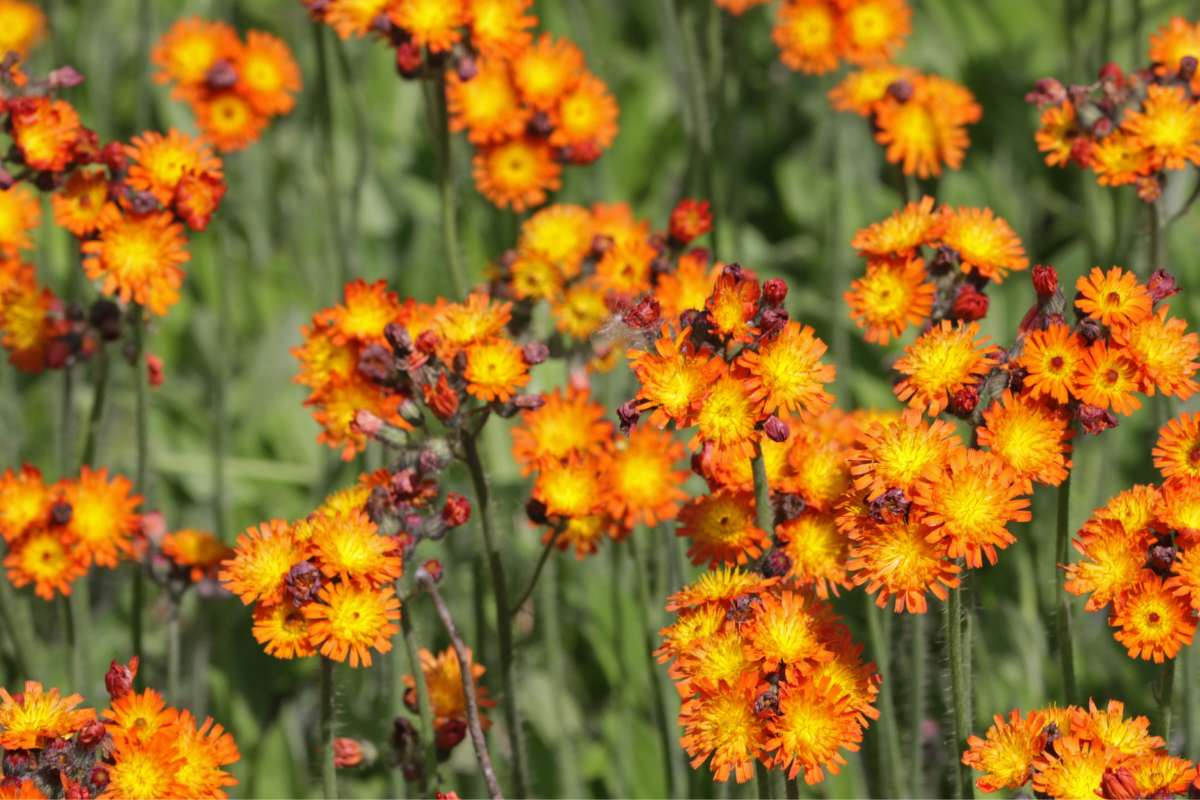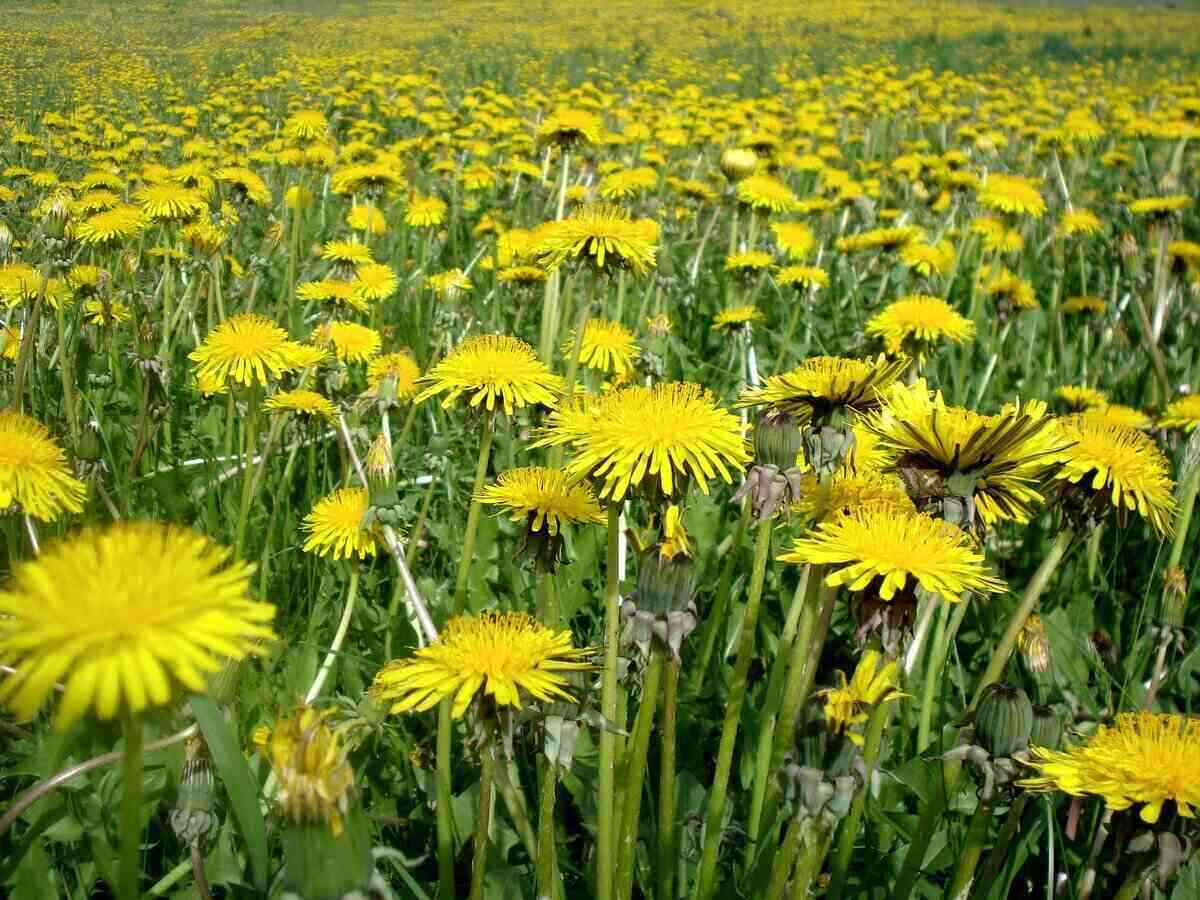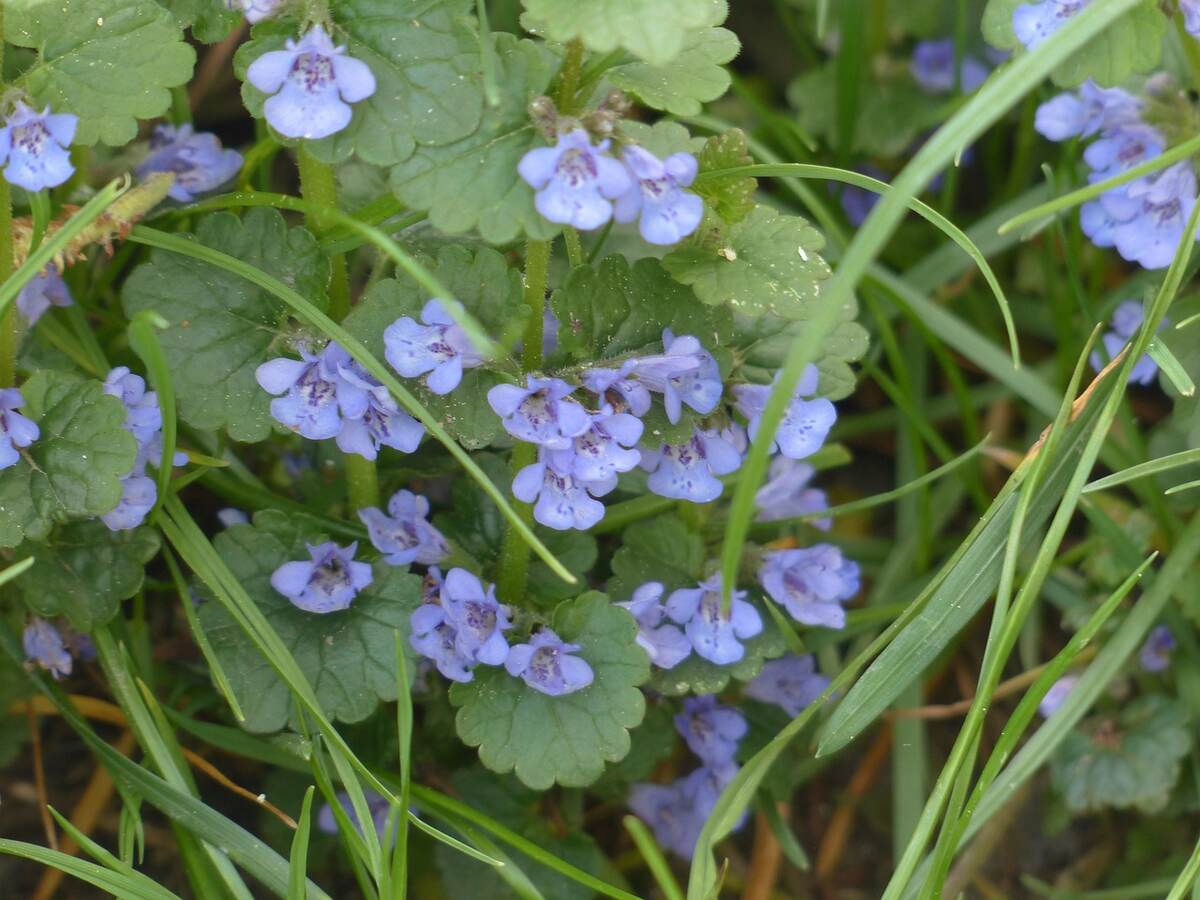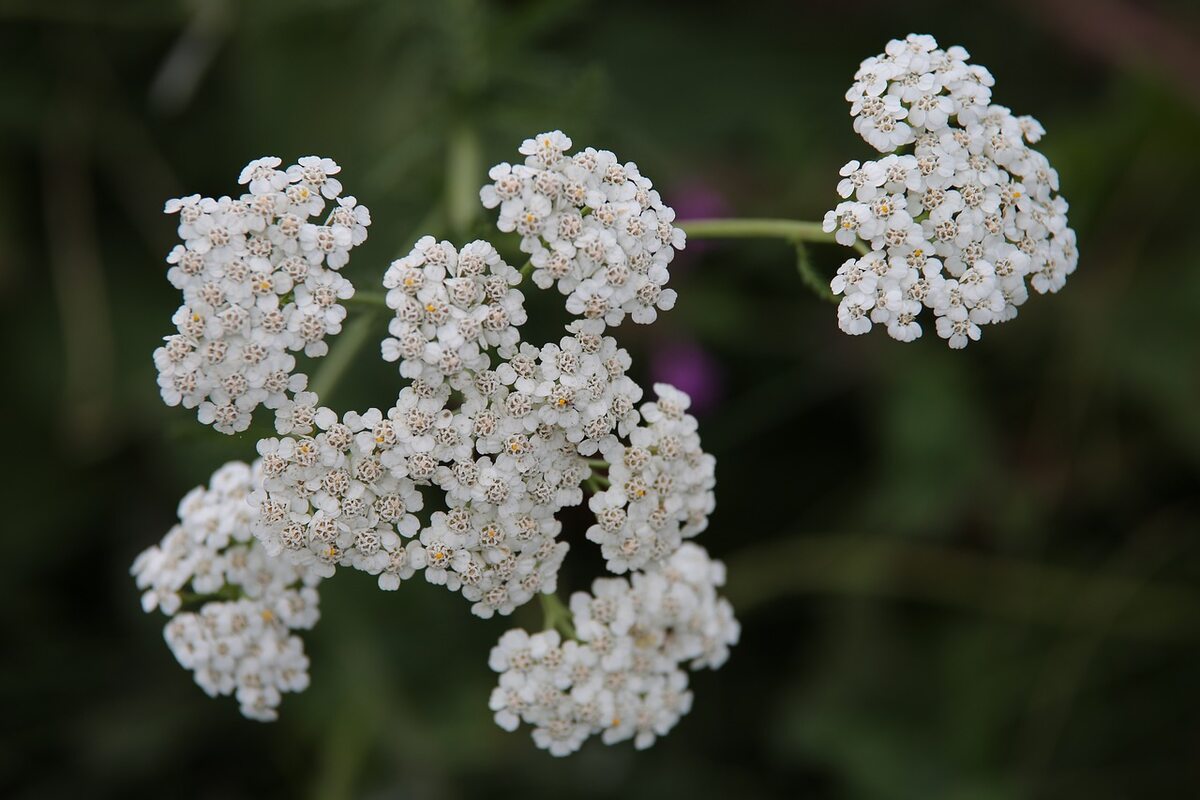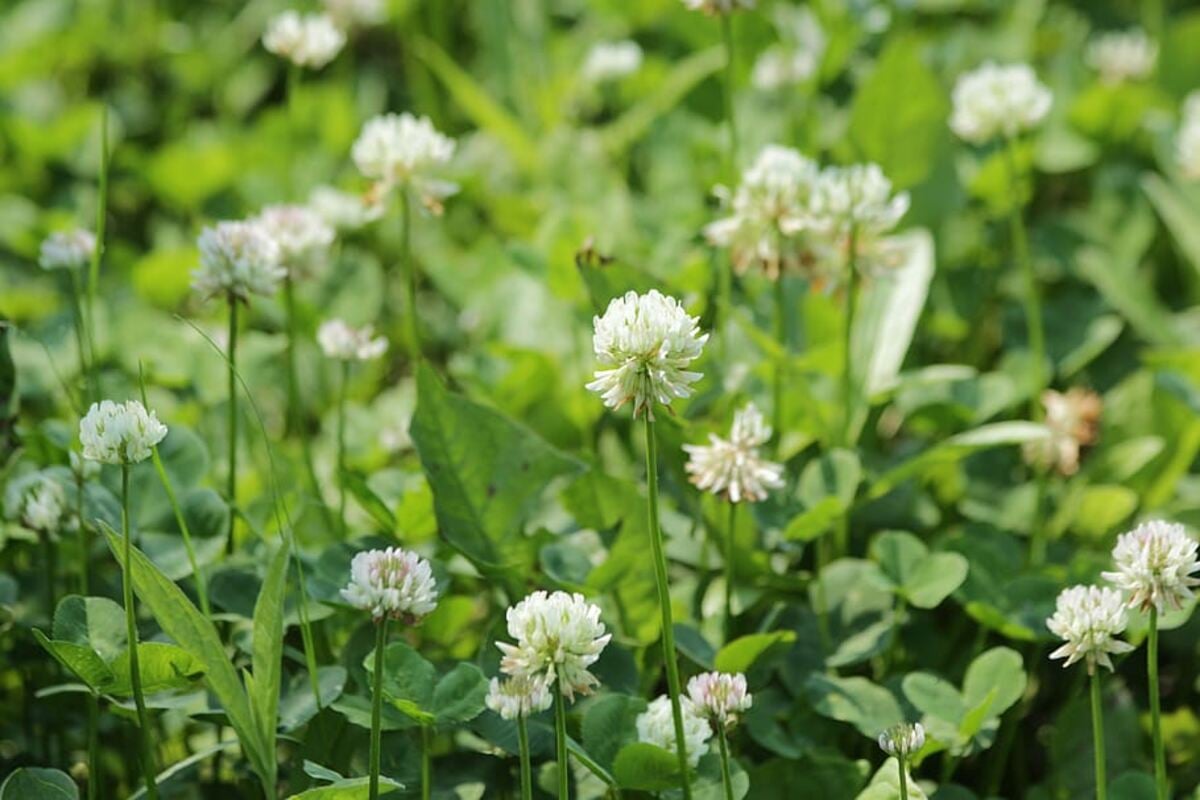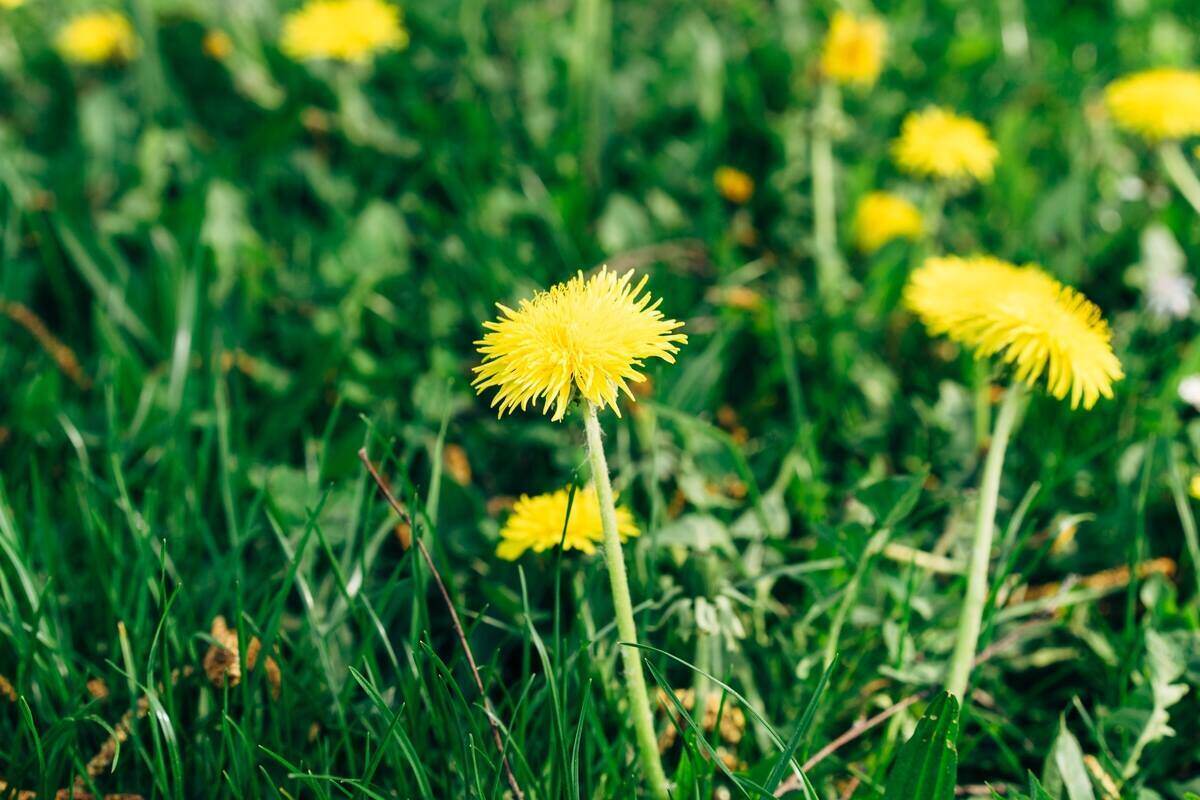
Searching the yard for white puffballs to blow is a favorite summer pastime for kids, but most adults are more interested in learning how to get rid of dandelions marring a perfect lawn.
This broadleaf perennial can be a nuisance in yards, flower beds, and gardens. So, how do you get rid of these weeds without setting the whole lawn on fire?
What are Dandelions?
From the French phrase “dent de lion” or “lion’s tooth,” the dandelion is native to Europe and Asia. This flowering herb is identified by its single yellow flower or white, fluffy seed head that sprouts from a cluster of jagged green leaves.
Quite hardy, dandelions can take root just about anywhere, preferring places with full sun and temperate climates. And while these broadleaf weeds pose no risk to the environment — quite the opposite, actually — they can be a menace to your curb appeal.
How to Get Rid of Dandelions in Your Yard
Ridding your yard of dandelions can be extremely difficult. Here’s why: They are perennial weeds, meaning they come back every year. Their taproots also reach 10 inches into the soil, and their seeds are carried by the wind to their next location.
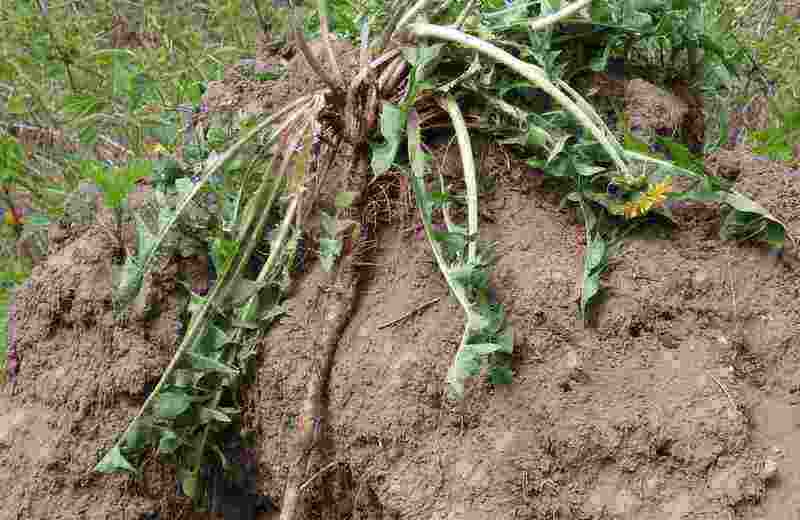
Photo Credit: Sergei Frolov / Wikimedia Commons / CC BY-SA 4.0
To remove dandelions you just have to get to the root of the problem — literally. If even a small portion of a dandelion root is left behind, the plant will return.
There are several ways to permanently purge your yard of dandelions, including using a broadleaf herbicide, laying a weed-resistant grass type, or digging up the roots with a dandelion puller.
The best time of year to begin your dandelion removal is fall, as that’s when the plants carry nutrients to their roots for winter storage.
How to Kill Dandelions Naturally
To remove dandelions naturally, you likely will need to get your hands dirty (weeding), do a lot of bending (mulching), or spend a bit of money (reseeding or resodding). These are some natural herbicides for your dandelion flowers.
1. Weeding
Weeding may not be the quickest way to rid your lawn of these Irish daisies, but if you only have a few roots to pull, this is the best option.
- Wet the soil around the plant to make dandelion pulling easier.
- Plunge a dandelion weeder or similar tool into the soil. Use this to loosen the roots.
- Pull from the base of the leaves to ensure you get the entire plant, roots and all.
- Make sure you get the entire taproot. Repeat as necessary.
2. Mulching
Starving dandelions of the sunlight they need to thrive is another way to kill the plant. Snip the flower and stem, and then, cover the leaves with about 3 inches of mulch. This will block the plant’s energy source and keep it from growing.
3. Reseeding or Resodding
Laying down new grass seed (or sod) is a drastic but effective way to wipe out existing dandelions and prevent new plants from emerging. Depending on your region, consider Zoysia, Bermudagrass, tall fescue or perennial ryegrass.
The thick, dense lawns these selections produce crowd out weeds naturally, but they won’t stay thick and dense without continual care. Practice regular lawn care and overseed yearly, if needed, to maintain a dense turf that crowds out dandelions and other weeds.
4. Use Your Mower
Remove seed heads: Mowing frequently when you have the yellow dandelions in your yard can help stop further dandelions from growing. If you mow the yellow heads off of the stem, this will stop the white puffy seed heads from forming and prevent another generation of dandelions in your lawn. Mowing your lawn now can help lessen the weed work you do next year.
Raise your mowing height: Many weed seeds, including dandelions, need sunlight to germinate. No sunlight means you won’t have dandelion seedlings sprouting all over your lawn. How do you deprive the weed seeds in your lawn of the light they need to grow? Simply raise the height on your mower.
Raising your mowing height decreases weed pressure because, like a tall forest, the grass blades will shade the soil. This shade prevents weeds from getting the sunlight they need to break dormancy and grow. It’s recommended that mowing heights be increased to three inches or higher to help reduce weed pressure.
5. Burn Your Dandelions
Though the technical term is “flaming” this is essentially using a weed torch that wilts away your dandelions. This method is generally used to control areas where broadleaf weeds are bunched together. Flaming involves sweeping a lit propane torch over the ground where young germinating seedlings are, burning them in the process.
This technique is most effective on seedlings localized in small areas and is less effective against fully grown dandelions with an established root system. It should be noted that the risk of this technique is high because of the use of fire over grass. The process does have non-target effects, meaning it can burn your grass because of the heat needed to kill the weeds.
6. Chelated Iron
Some broadleaf herbicides carry an active natural ingredient known as chelated iron. If you’re wondering how to kill your weeds with biopesticides (naturally occurring substances) but save your grass, this is how. Chelated iron gets absorbed faster by weeds than by turf, causing the weeds to take the damage rather than the grass.
When a weed absorbs this type of iron (Fe), it causes it to dry up quickly, shrivel, and die within only a few hours. It does an effective job at killing above-ground weeds but does not kill the root, meaning you’ll have weeds growing next year. However, it’s a quick natural way to leave your grass green and your lawn weedless.
7. Using Household Substances
Unfortunately, there are no truly reliable household remedies for getting rid of dandelions. Despite what you may have heard, neither salt, boiling water, dishwashing soap, apple cider vinegar, nor white vinegar are good options.
Why these aren’t good options:
- Salt and boiling water can wash all over your yard, potentially killing other plants in their wake.
- Dishwashing soap may dry out leaves but won’t reach the roots.
- For vinegar to work, it needs to be horticultural vinegar, which is dangerous to handle.
Applying Chemical Treatments to Kill Dandelions
Broadleaf herbicides do a great job of terminating existing dandelion populations. Spray the plants with the weed killer of your choice during the fall months, and the toxins will travel, along with the nutrients, down to the roots. There’s a chance you may have to mist on a second post-emergent herbicide application before the weed is completely killed.
If it’s already spring, no worries. Early spring is the second-best time to get rid of dandelion plants by applying a pre-emergent herbicide before the weeds sprout.
You may be able to apply the same pre-emergent herbicide you’d use to get rid of crabgrass to kill dandelions before they emerge in spring. Some, but not all, pre-emergent herbicides will prevent both grassy weeds, such as crabgrass, and broadleaf weeds, such as dandelions, from sprouting in your lawn. Check the product label for this information.
Post-emergent herbicides are weed killers that are used on established lawns with existing weeds. Pre-emergent herbicides are used as a preventative measure on lawns where weeds have yet to sprout.
How Does This Work?
If you do plan to use herbicides to get rid of your dandelion problem, you should probably have some idea of how these weed control chemicals work.
Systemic herbicides are your best option to get the whole root. These herbicides get absorbed and transported through the entire plant, once absorbed. This process kills every part of the weed, including the dandelion taproots, so there’s no future germinating.
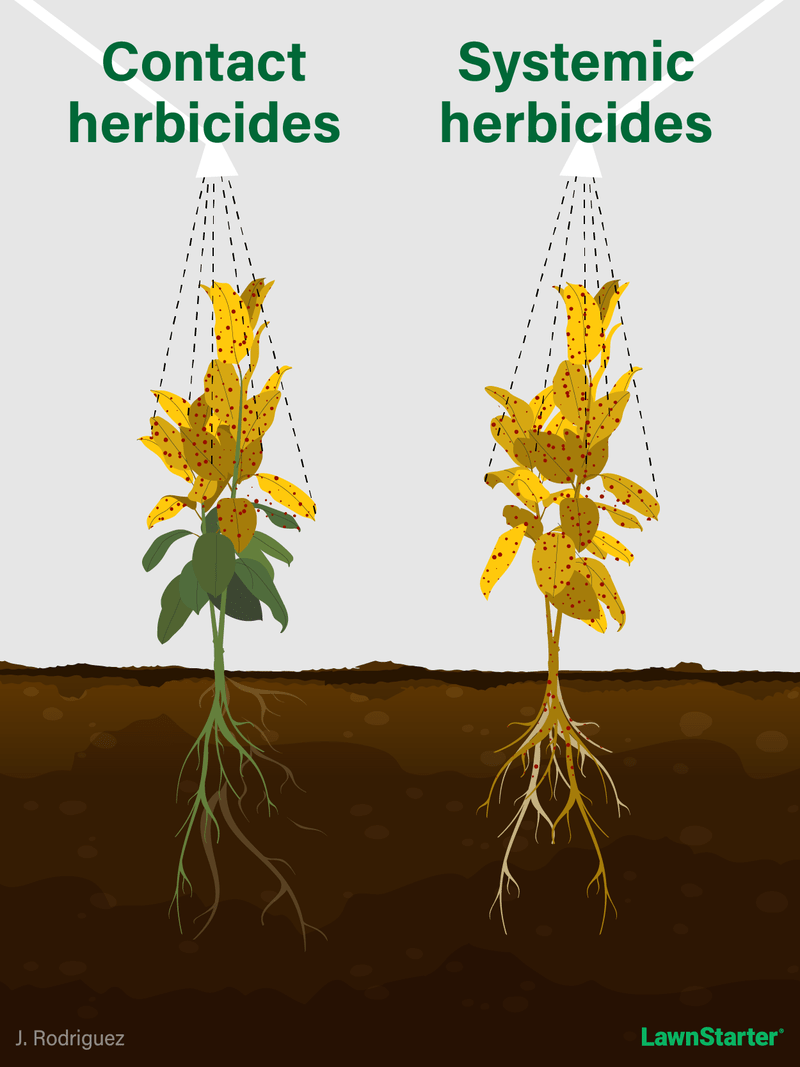
Be cautious: Systemic chemicals may work their way up to the flowers and affect pollinators who visit the plant.
Benefits of Dandelions
Despite the fact that many people see these weeds as a nuisance, they’re actually very beneficial. So beneficial that some people even plant dandelion seeds… Intentionally.
Dandelions, which are technically herbs, were first brought to this continent by the colonists, and the yellow flowers and their greens were loved for their numerous health benefits. You can use dandelions to make tea, wine, salads, and other edible side dishes. They are also rich in vitamins and antioxidants.
“One cup of dandelion greens contains almost twice as much iron as spinach and over 500 percent of your daily intake of vitamin K, which may play a role in fighting Alzheimer’s disease,” according to the Michigan State University Extension service’s Michelle Jarvie. “[The] root extract has been shown, in some studies, to fight certain types of cancer.”
Maybe you will decide those dandelions aren’t that unsightly for all of the health benefits they offer. After all, dandelions can be a draw for your lawn. They can even promote a healthy lawn.
According to Ken Willis, head of horticulture at the University of Alberta in Canada, dandelions are excellent at attracting pollinators, such as bees, butterflies, moths, and birds.
Dandelion tea, anyone?
FAQ About Dandelions
When there are dandelions in your yard, it’s usually because your soil is trying to tell you something. Dandelions prefer soil that’s low in calcium, high in potassium, and high in acidity. While weeds have a tendency to pop up everywhere, there are certain conditions in which specific weeds thrive best.
By understanding the conditions of your soil, you can be better prepared to fight the dandelions in your yard now and in the future. Adding limestone or bone meal are two ways to make your soil a little less suitable for those yellow weeds.
Yes, there are weed torches that burn dandelions and other weeds from your yard. This process is known as flaming, and it’s as heat intensive as it sounds. The way this works is by sweeping a lit propane torch over areas where seedlings are bunched together. The heat works to rupture the cells of the plants, causing them to wilt.
Established dandelions with a root system are less likely to be killed permanently with this technique. However, when repeated regularly, it can deplete the carbohydrates stored in the root system and kill the weeds. There is a risk of burning your grass due to the nature of this process.
There are five natural and chemical solutions for killing dandelions that have no ill effect on your lawn:
•Hand pull the dandelions
•Mow the seedheads (to prevent seed development and dispersal)
•Mow tall to shade the soil and prevent dandelions from germinating
•Spray with a chelated iron or systemic post-emergent herbicide
•Apply a pre-emergent herbicide
When to Call a Professional
If you’ve tried all these options to get rid of these bright yellow flowers to no avail or you’re thinking to yourself, “These tips are nice, but I’ve got waaaaay more dandelions than one person can handle,” it’s time to call in the lawn care professionals.
Main image credit: Markus Winkler / Unsplash / License
